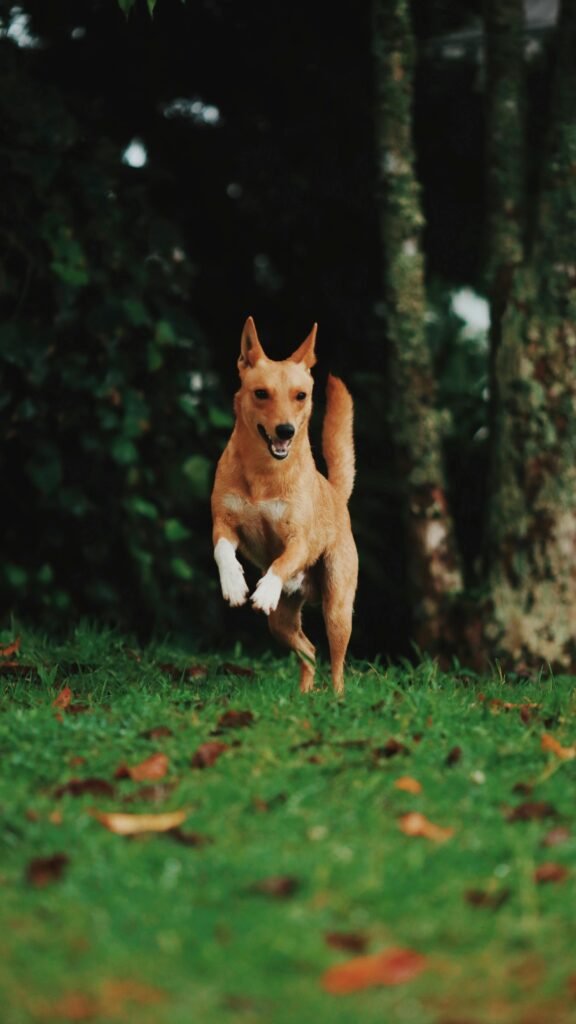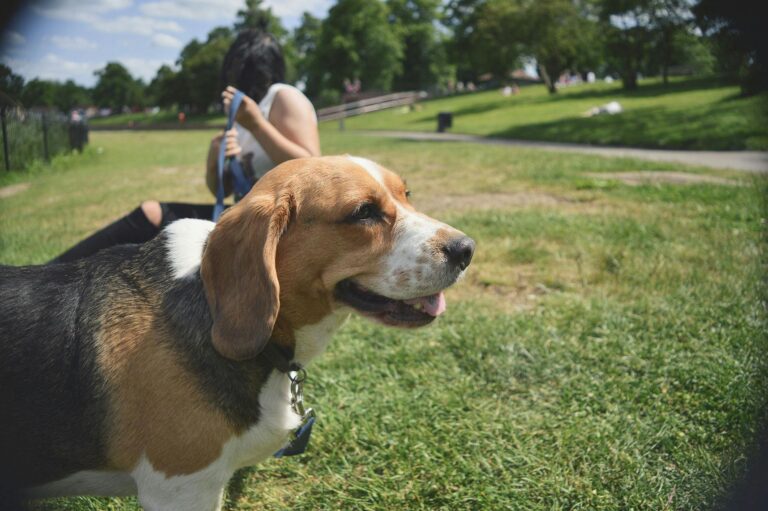Dog owners often ask whether dog parks are good for socialization and training. At first glance, dog parks seem like the perfect solution. A fenced space where your dog can run free, meet new friends, and burn off energy. But as trainers, we see both the benefits and the risks. Dog parks may provide exercise, but they often lack structure and can create bad habits that are hard to undo.
On the other hand, structured play combines fun with training. It strengthens obedience, teaches impulse control, and ensures your dog learns how to play appropriately. Let’s break down the differences so you can make the best decision for your pup.

The Appeal of Dog Parks
Dog parks are popular for a reason. They offer:
- Off-leash freedom
- Social opportunities with other dogs
- A chance for high-energy exercise
- A convenient outlet for busy owners
For confident, well-trained dogs, parks can sometimes be enjoyable. However, they are not always the best place to reinforce good behavior.
The Risks of Dog Parks
Unfortunately, dog parks also come with significant downsides. As trainers, we often work with dogs who pick up bad habits after too much time in uncontrolled environments.
Risks include:
- Rough play that escalates into fights
- Dogs practicing bad leash or greeting manners
- Unpredictable behaviors from untrained dogs
- Exposure to illness or parasites
- Overstimulation that makes recall unreliable
If your dog already struggles with reactivity, fear, or overexcitement, dog parks may make the problem worse. In fact, we often see owners confuse exposure with effective socialization. Real socialization means building calm confidence, not chaotic play with strangers.
What Structured Play Looks Like
Structured play is designed to be fun while also reinforcing obedience. It involves planned activities, rules, and supervision so that your dog builds confidence and skills without losing control.
Examples of structured play:
- Fetch with rules: Sit before release, drop the ball on command.
- Hide-and-seek recall games: Encourage your dog to find you and return promptly.
- Play dates with well-mannered dogs: Keep sessions short and supervised.
- Tug-of-war: Practice “out” or “leave it” during play.
- Obstacle courses: Combine agility with focus and obedience.
This kind of play teaches your dog that fun and structure can coexist. It also deepens your bond since the game is centered around you, not other dogs.
For more ways to make training enjoyable, check out our blog on games and drills to make leash training fun and effective.
Which Is Better for Training?
If your priority is exercise alone, a dog park may meet that need. But if your goal is a well-mannered, obedient dog who can remain calm in different environments, structured play is the clear winner.
Through structured play, your dog learns:
- To listen even when excited
- To control impulses around toys and people
- To see you as the source of fun and leadership
- To engage calmly with other dogs in supervised settings
Training is not about eliminating fun. It is about channeling energy into activities that build lifelong skills.
How Professional Training Can Help
Our Basic & Advanced Obedience Program teaches the foundation for structured play. Once your dog knows how to focus, stay, and recall on command, you can incorporate those skills into any game. This makes every activity a chance to reinforce obedience while still having fun.
Explore our Basic & Advanced Obedience Program
Expert Resource: Dog Park Safety
If you still plan to visit dog parks, the AKC’s dog park etiquette and safety tips offer clear guidance on when parks are a good fit, how to read body language, and how to keep interactions safe and positive.
Final Thoughts
Dog parks may seem convenient, but they often create more problems than they solve. Structured play, on the other hand, ensures your dog learns obedience while having fun. Whether you are tossing a ball in your yard or practicing recall at a park, you can make playtime both safe and productive.
Want help turning your dog’s play sessions into real training opportunities? That’s what we do best.
Contact Off Leash K9 Training Dayton today to learn how we can help.
Would you like a certified trainer to contact you?

